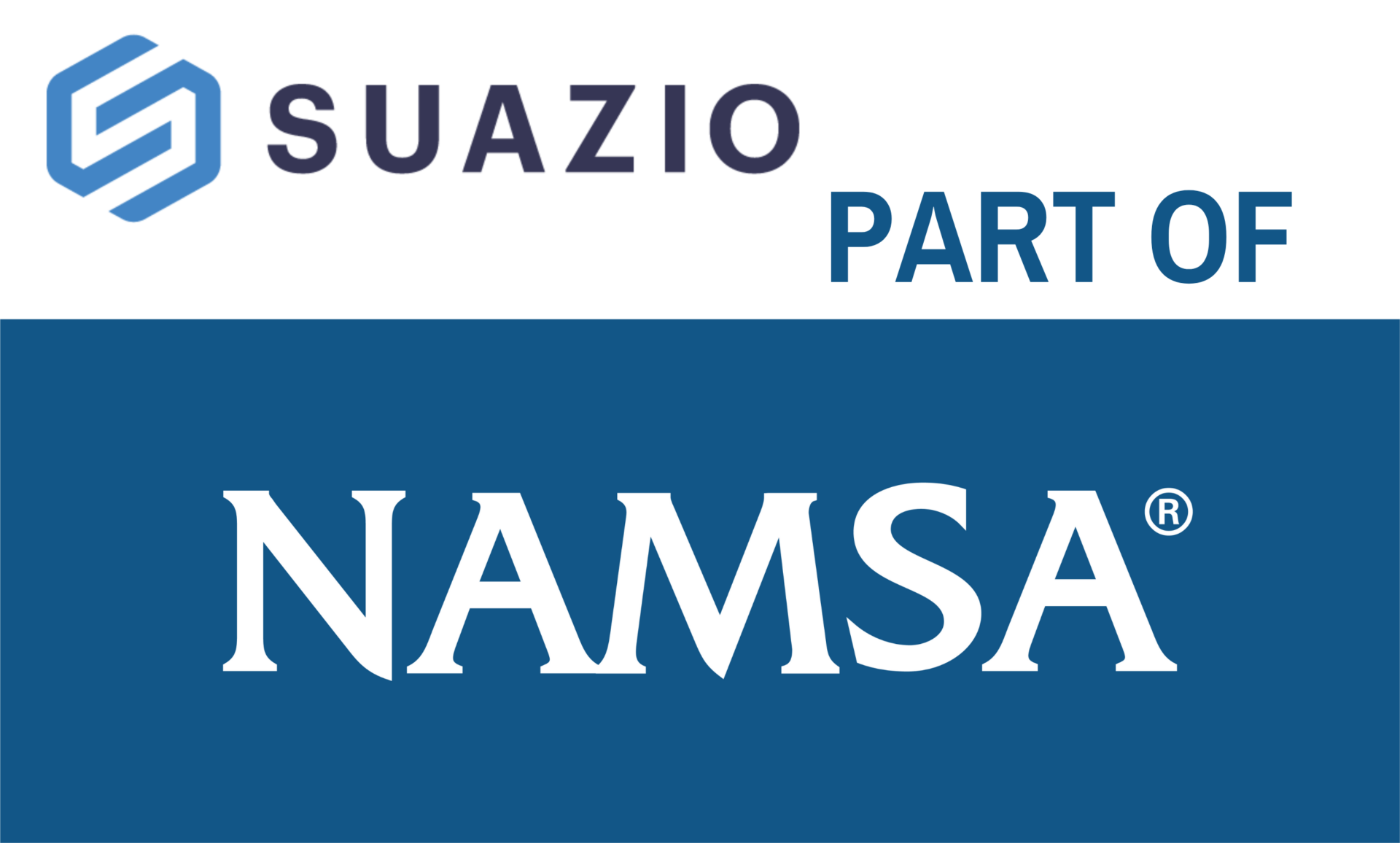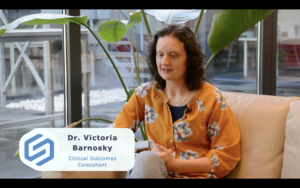Introduction
Medical Devices (and in particular Medical Capital Equipment) are important tender businesses. Winning or losing a tender can dramatically affect your year end results. However, organizations struggle to capture and combine all the relevant information to drive tender strategy. This leads to sub-optimal strategy and implementation (i.e. only focus on pricing) and repeated tender loss. Competitive intelligence methodologies can be used to understand your historic win/loss, and use these insights to drive tender strategy and grow the win ratio. Over many years, suAzio has conducted numerous win/loss studies using tender post decision interview (PDI) techniques, to gather qualitative and quantitative insights.

Methodology
In order to give insight into overall important tender trends in Medical Capital Equipment, we have analyzed 11 win/loss projects including 205 tender PDI’s in medical capital equipment, ranging from MRI to Ultrasound (Figure 1) in various countries and hospital types. In our sample we included 28% tenders won, 72% tenders lost. In this meta analysis we grouped 15 numerical and coded questions across projects.

Results
Understand the purchase journey
If you want to stay ahead of the competition, it is essential to understand what triggers a purchase of new medical equipment. This helps you align better with customers during their purchase journey. Our interviews indicate the top three triggers are: Improved Product Quality (current is obsolete), Need for New or Enhanced Product Features (new equipment can do more/better) and Increase in Procedure volumes (need for additional equipment) (Figure 2).

50/50 split in influence power
The target audience and influence levels within the tender decision is changing all the time. The physician is always present in the tender decision, however in 70% of cases technician and hospital administration are also sitting at the table. The influence level on final decision is therefore shifted towards a 50/50 split between clinical and non-clinical profiles (Figure 3).

Price is not always the key factor in winning
Yes, price is important. That is the main reason for setting up a tender. However, our grouped analysis shows that respondents mention price as a top reason for winning the tender in less than half of all bids.
Product features are primary factors in 78% of won bids. This can range from product performance and quality, to ergonomics.
In addition, customer service and experience with the winning brand are also important factors as well (Figure 4), which indicates that all company departments can contribute to tender win ratio.
Conclusions
Our sample tender analysis shows interesting key numbers in the tender process, supporting decision making in the medical capital equipment tender business. Based on detailed analysis of win/loss data, companies can better structure their customer buying journey, promotional efforts and key organizational changes.



